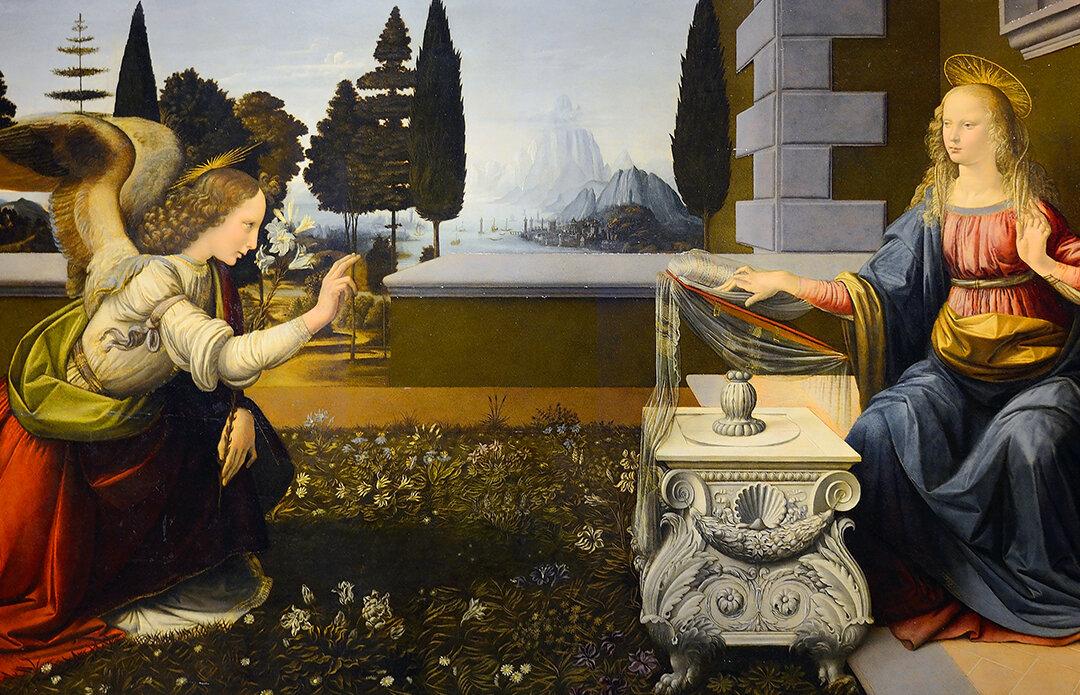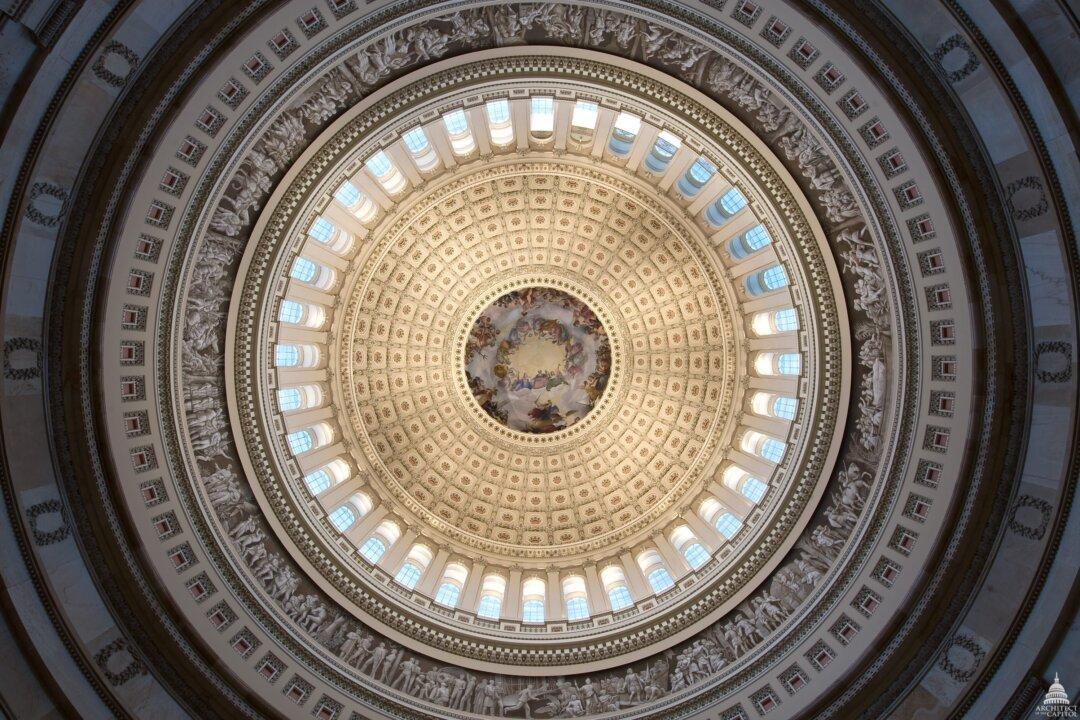Consider the lilies how they grow: they toil not, they spin not; and yet I say unto you, that Solomon in all his glory was not arrayed like one of these. —Luke 12:27Lilies are a powerful symbol throughout the Christian Bible, and this becomes most apparent during Easter. In traditional European art, lilies are most closely associated with the Virgin Mary. As a symbol of purity, lilies also represent Christ’s sinless nature. Lilies have also been associated with the Resurrection of Christ, which is what the Easter holiday observes and celebrates.
While lilies are known today as a symbol of Easter, viewing images of the Virgin Mary is a relevant starting point for understanding the history of this symbolism. According to Christian, specifically Catholic, beliefs, the angel Gabriel came to the Virgin Mary and told her that she would become the mother of the Christ, and this child should be named Jesus. This event is called the Annunciation (Luke 1:26–39).





